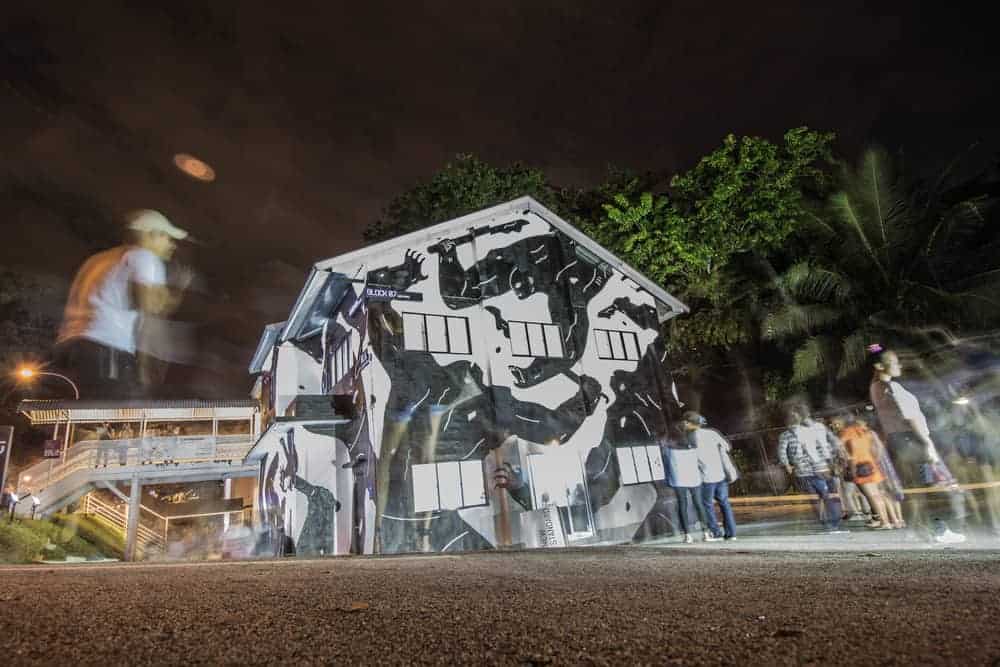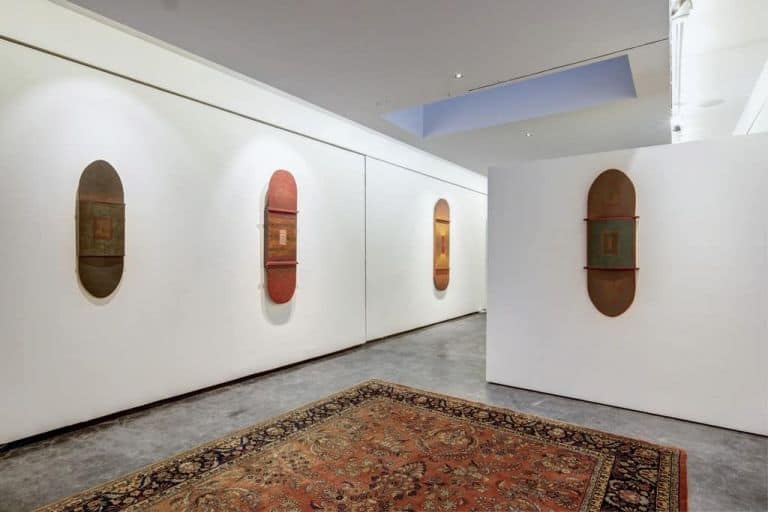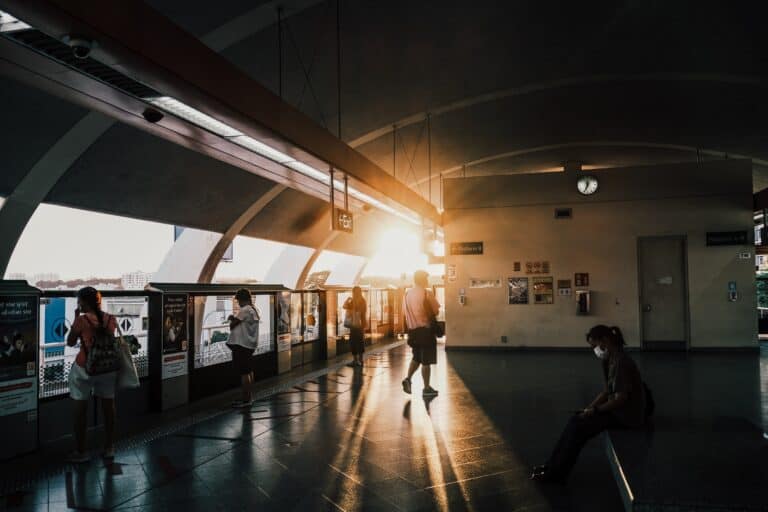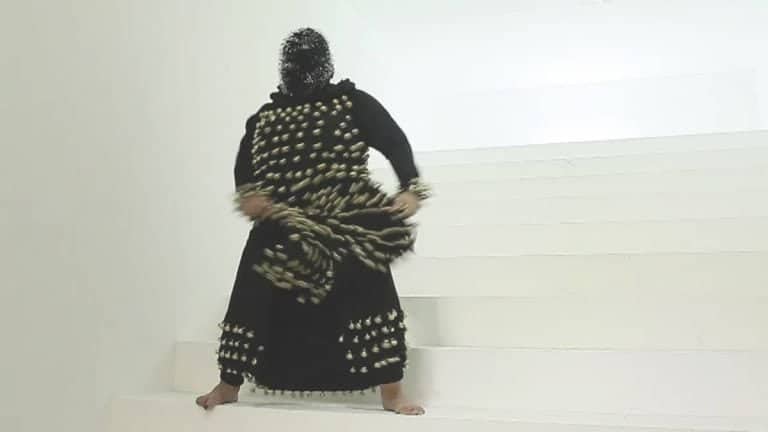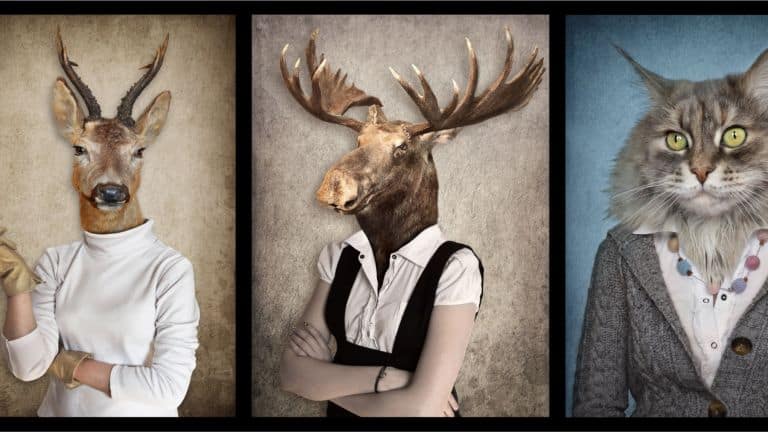Here’s a quick question for you – when was the last time you encountered a work of art in a space that was not a museum or a gallery?
For those bitten by the travel bug, it might be the Kinetic Rain sculpture at Changi Airport Terminal 1 (read fellow Plural writer Mansi’s love letter to it here). For those who work in the CBD, it would probably be that fat bronze sparrow perched in front of UOB Plaza, side-eyeing the waterfront. For some lucky heartlanders, it might even be right at their doorsteps – in void decks and stairwells. And Cavenagh Bridge just wouldn’t feel the same without Chong Fah Cheong‘s little boys skinny-dipping in the Singapore River with pre-adolescent glee, now would it?
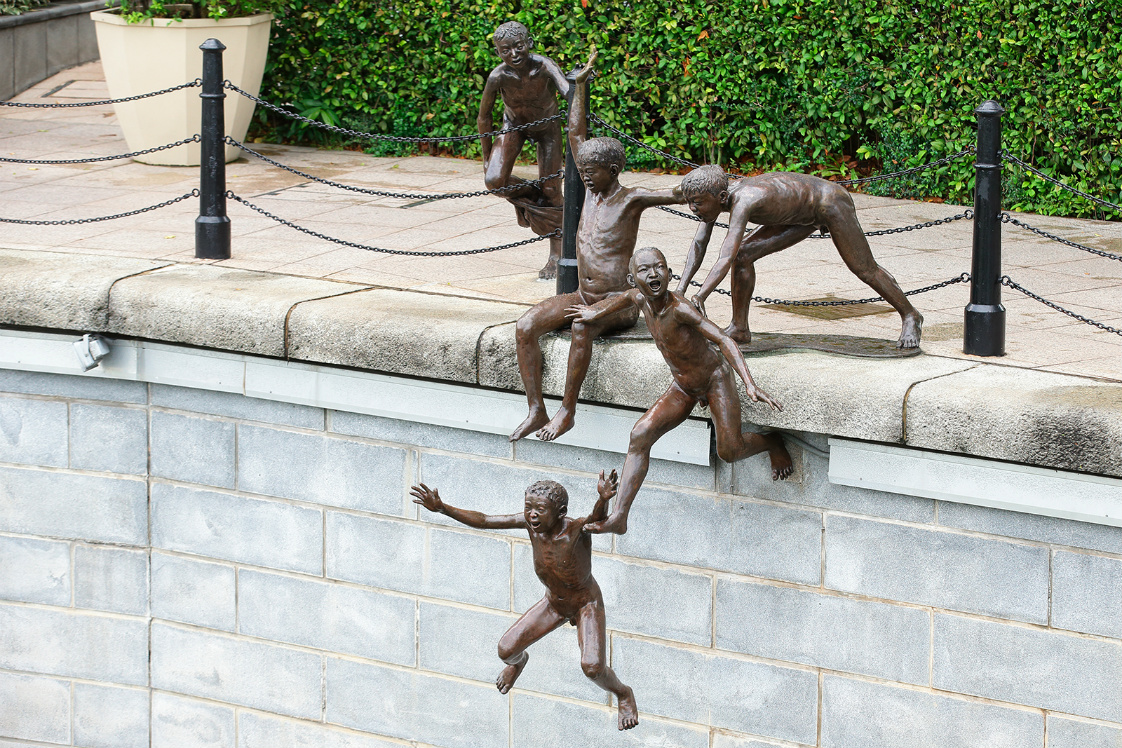
The term “public art” is often understood loosely and broadly to mean any and all art located in public spaces and, by this definition, all the examples described above would qualify. But does the mere fact that these works of art are to be found outdoors or in public spaces like at an airport terminal or an HDB void deck automatically make them “public art”? One scholar argues that the mere location of an artwork in a public space no more makes that art “public” than placing a tiger in a barnyard would make it a domestic animal! “The object, artwork or animal, does not derive its identity from the character of the place in which it is found.”
And, while many private enterprises have made efforts to collaborate with artists and to incorporate works of art in the design of their building projects (local examples include ION Gallery, Marina Bay Sands, and the upcoming Funan), the mere integration of art into people’s daily lives in a space not usually designated for private art experiences, while laudable, does not make the work “public art” if its function is primarily aesthetic.
What, then, makes public art, “public art”? According to one definition,
“Public art is a reflection of how we see the world – the artist’s response to our time and place combined with our own sense of who we are.”
Art, then, is public when it actively engages with time and place and functions as a site of meaning, communication and exchange. Artists are uniquely equipped to speak to the public and insightful artistic expression can lead audiences to new perspectives, meanings and responses. With public art, the audience is no mere passive onlooker but is actively implicated in the constitution of the work of art. The realisation of the work depends on the audience’s bestowal of meaning on it – an often contentious social and political undertaking.
“It is an art which is absolutely engaged with the world and this engagement often invokes spirited disagreement … Absolute consensus is not necessarily a happy state.”
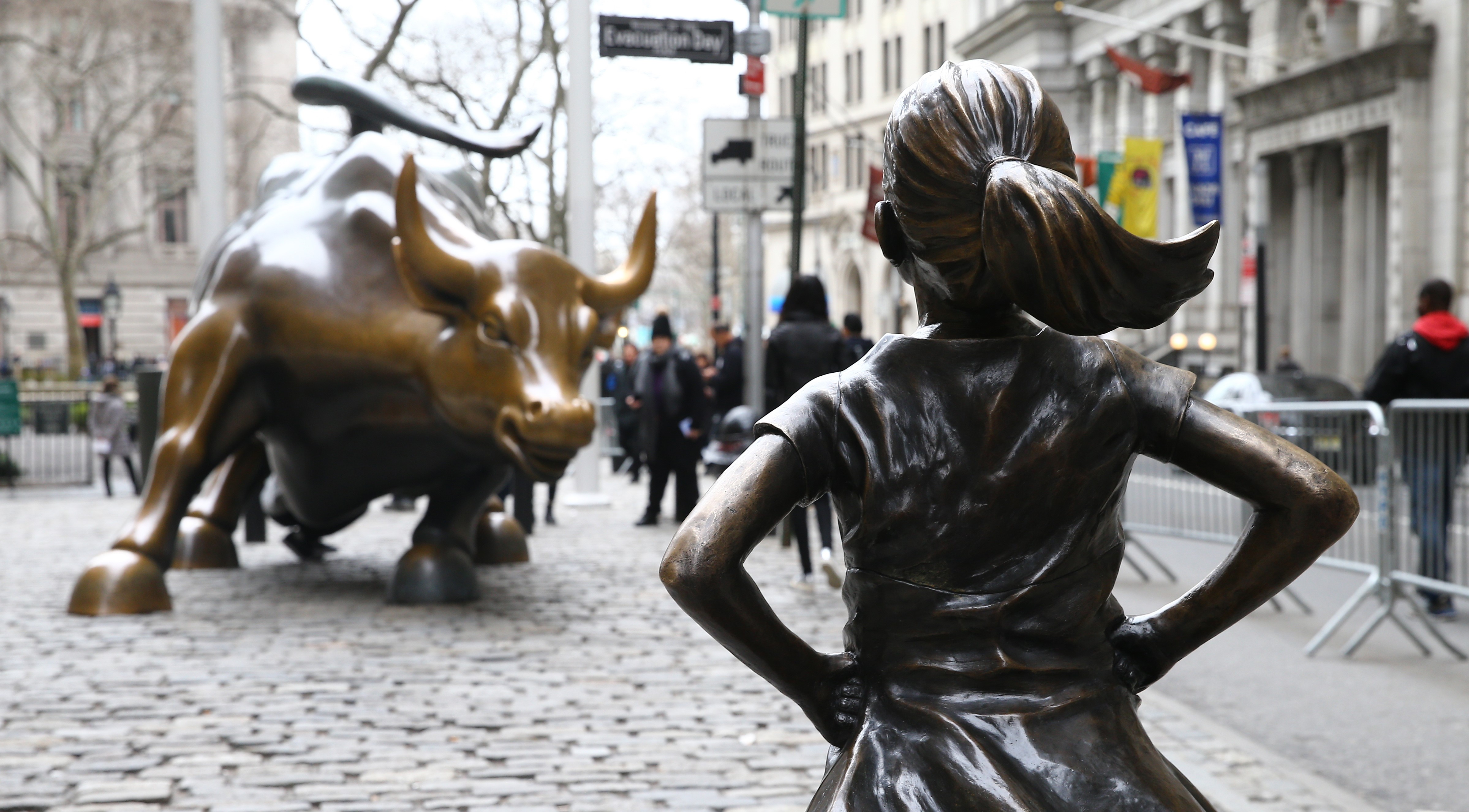
This brings us to D/SINI, a 9-month-long arts festival organised by Chan + Hori Contemporary, which proffers a unique opportunity to explore the notion of public art. Out of the 13 outdoor works showcased, 3 are by Singaporean artists while the remaining 10 are by international artists. The works consist of 2 murals, 9 installations, and 2 performance pieces. Installations dominate by volume, with the largest work, Nenas Estate, most striking for its sheer scale, meant to perform double duty as both an artwork and the festival pavilion.

Dawn Ng’s Pinball, part of a larger series of works, is drawn “from a quotidian Q&A project between [the artist] and a stranger – an Israeli child psychologist whom [she] barely knew, over a year.” Each day, the artist would be asked a question and she would respond. Over time, her responses – recollections, observations, questions, lists, stories, poems, confessions and jokes – became an intimate narrative of fleeting moments in the artist’s life, frozen in time.
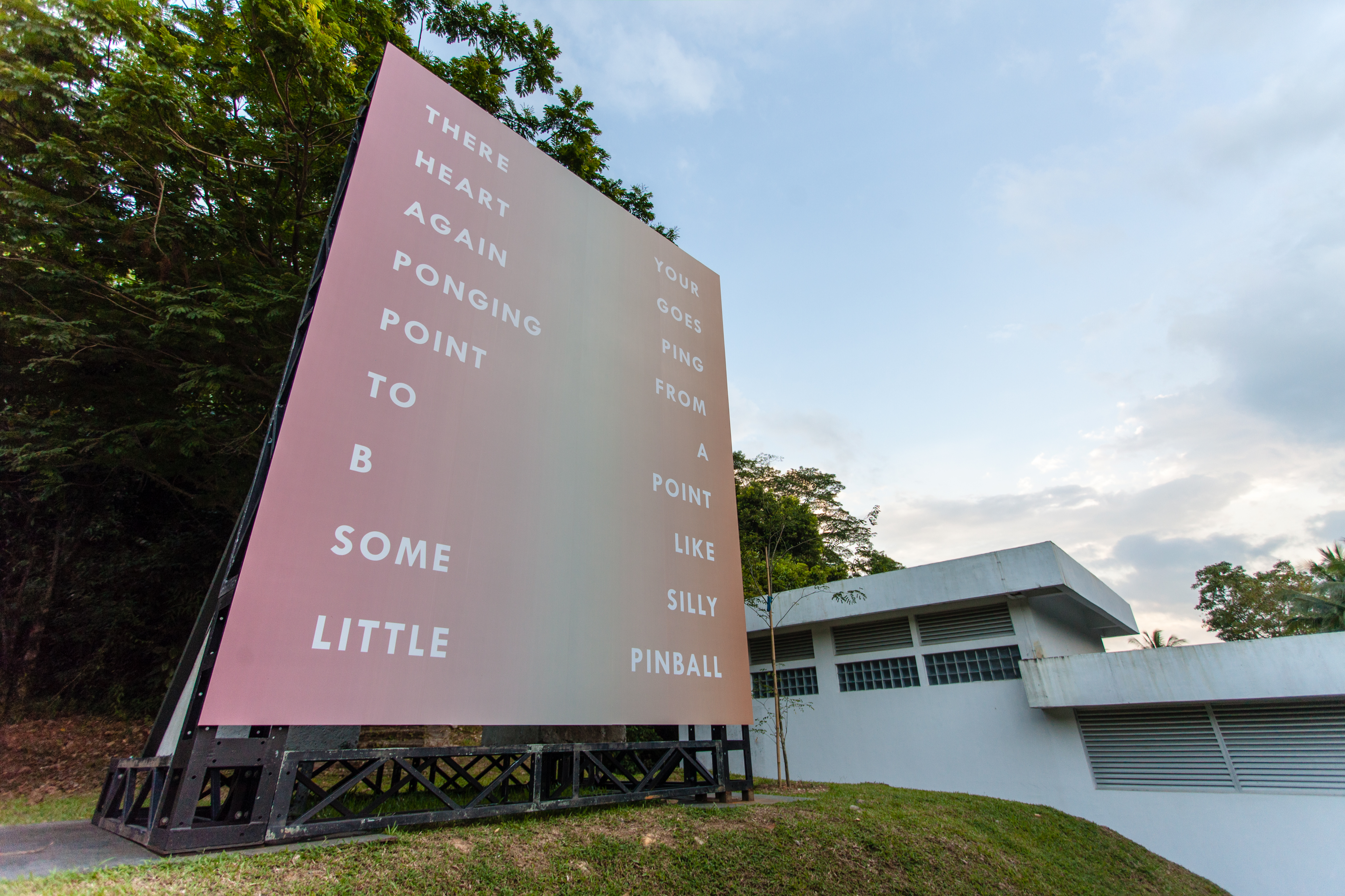
Pinball represents one such moment, writ large on a huge 5-meter tall billboard visible from afar and located smack in the middle of a road intersection by the Block 37 artist residency studios. Due to its size, scale and location, it is likely the first artwork you see coming in from the main entrance to Gillman Barracks. Notwithstanding its location and prominence in a public space, however, Pinball is quite clearly an autonomous act of individual expression by the artist, a work that reflects her personal feelings, experiences, memories and recollections. In the artist’s own words, it is “a re-imagination of a self-portrait” and its appreciation by the viewer, a private act of contemplation rather than a communal engagement with others. Without at all calling into question its merits as a work of art, Pinball, despite its outdoor location, may not be accurately described as public art.
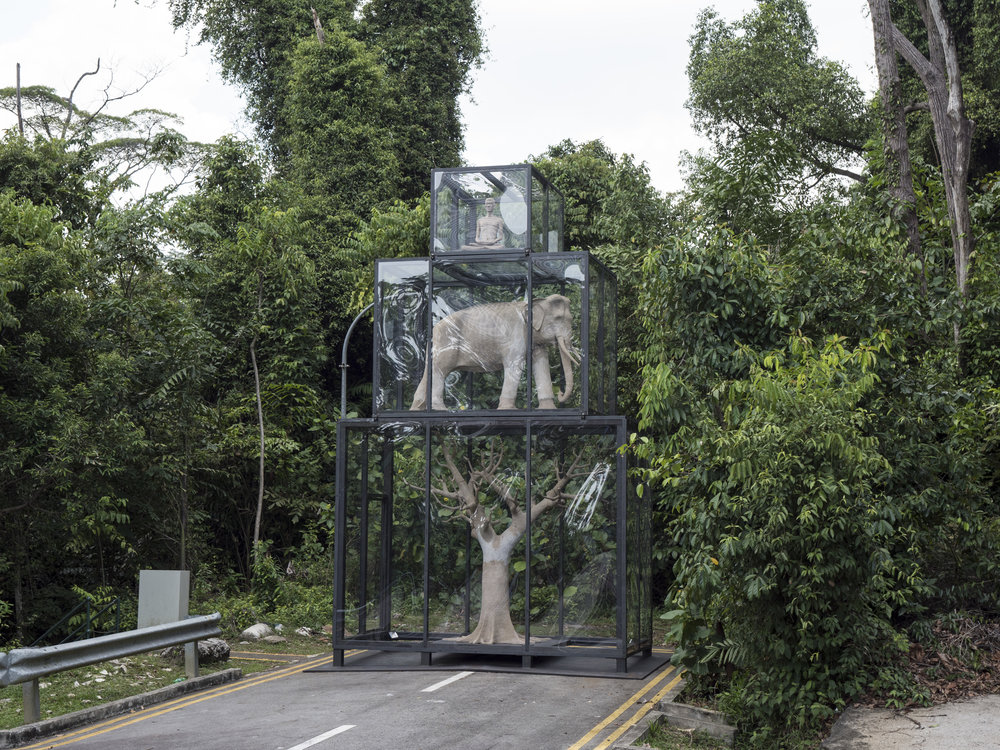
Kamin Lertchaiprasert’s austere The Ground, which I have written about previously here, however, actively engages with its audience, inviting viewers to consider the consequences of individual habits and actions at a collective level and the devastating impact such habits and actions can have on the environment. Made using papier-mâché created entirely from a two-decade-long collection of the artist’s own personal paper waste, the work is an installation comprising three papier-mâché sculptures of a meditating man, an elephant and a bare tree trunk. Surrounded by the greenery of the secondary tropical rainforest in Gillman Barracks, the work is ideally situated within the space, its location further reinforcing its message regarding the importance of preserving our natural environment. Public art? Check!
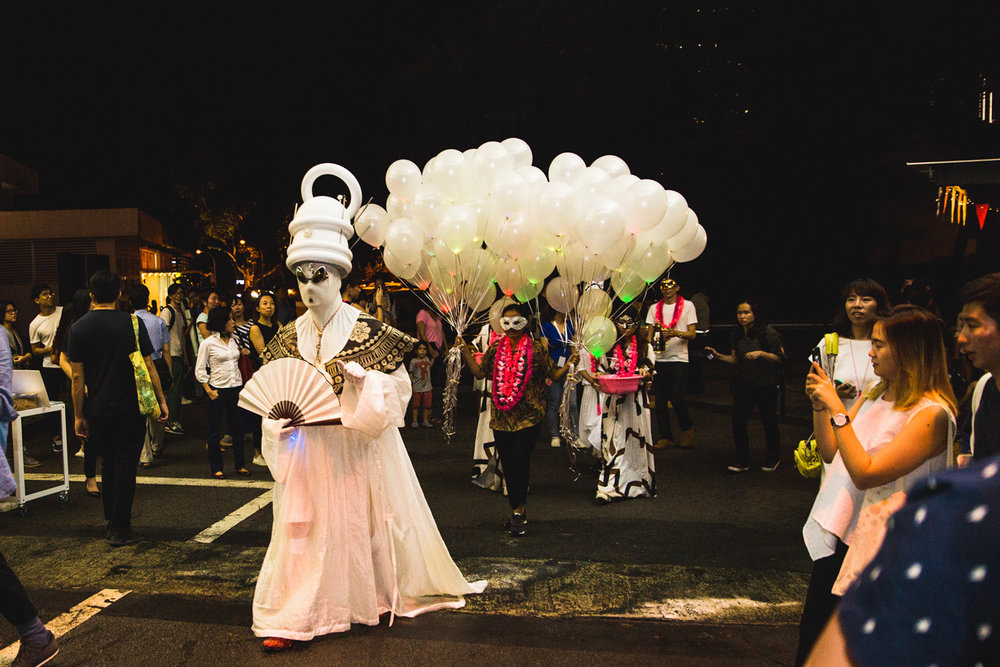
Departing from the traditional definition of public art as sculpture in parks and plazas, new genre public art, a term coined by American artist and writer Suzanne Lacy in 1991 was first used in reference to a public performance at the San Francisco Museum of Art and in her book, Mapping the Terrain: New Genre Public Art. New genre public art is often characterised as being activist, often created outside the institutional structure which brought the artist into direct engagement with the audience and dealing with the compelling social and political issues of our time. Lacy differentiates new genre public art from traditional public art by the level of engagement shared between artist and audience, its propensity for attacking media boundaries and the effectiveness of its implementation of social strategies.
D/SINI’s Action Parties, a call to action in which artists were invited to stage events or “actions” taking place within the space of the festival pavilion within a fixed amount of time – just one hour – could have been an opportunity for artists to experiment with new genre public art, although this was not the explicitly stated aim of the project. The extent to which such artist-created “actions” engaged with the audience was varied, with some merely using the space as a regular gallery space to display their works of art or performances, while others took advantage of the opportunity provided to actively engage audiences in confronting social and political issues. Take a look at the offerings in D/SINI’s first and second edition Action Parties – which of these “actions” would you consider to be public art?
The Australian artist Luke Roberts, taking on his alter-ego of Pope Alice of Mu, performed The Divine Cosmos at D/SINI. Swathed in white and flanked by garlanded acolytes, Roberts made his way through Gillman Barracks followed by crowds of curious onlookers, many whipping out their mobile phones (of course!) to capture his strangely captivating performance. Pope Alice espouses the idea that planet earth is actually a kind of space station, utilised by beings from another world, and that Christ was an alien sent to reverse the damage being done to the planet by the current occupants! Roberts uses these bizarre propositions with humour, parody and wit, to challenge accepted wisdoms and to invite viewers to the entertain the possibility that such conventional wisdoms could be wrong. While it certainly attracted audience interest, one wonders just how much of Roberts’ message actually reached them – were they merely engaged in the visual spectacle of it all or were they prompted to consider the deeper implications of the work?
D/SINI’s agenda has been to “activate thoughts embedded by landscapes surrounding Gillman Barracks” and the festival, which comes to an end soon, has done so in a variety of ways, not merely with public art. However, a number of artists were able to take advantage of the unique opportunities provided by D/SINI to actively implicate audiences in the constitution of their artworks, making the viewer a necessary ingredient in the work, as opposed to merely being on the outside, looking in. The fact that these works are impermanent and ephemeral in no way detracts from their effectiveness as public art.
